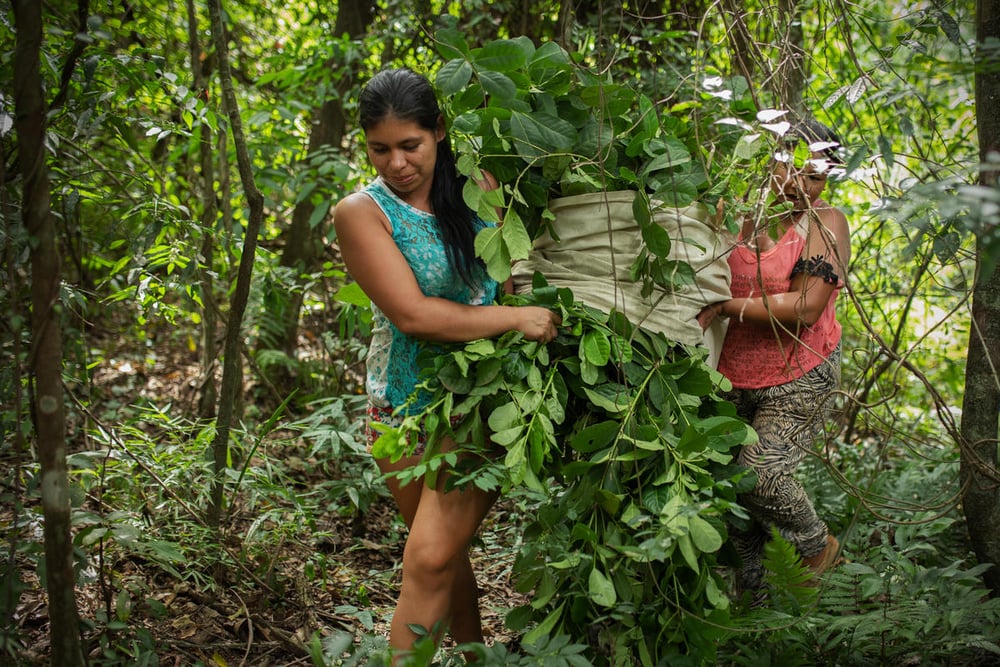We’ve developed decision-making tools to help deliver food production and consumption that’s better for people and planet.
Transforming the way food is produced and consumed is essential if we are to end hunger and food insecurity, and reverse the climate and environmental crises. But there is no one-size-fits-all solution that can deliver this in all countries around the world.
More investment, properly directed, is urgently needed so we’re providing tools for decision-makers to direct finance towards the most appropriate innovations needed for each location.
Brent Loken, WWF’s Global Food Lead Scientist, said: “To deliver the best results in the shortest time possible, we need to find the right innovation, with the right impact, in the right place.
“In some places that means applying highly novel innovations, in others it’s about being creative with solutions that are already available. Sometimes, smaller changes are all that is needed, while elsewhere major changes are needed to reorient people’s practices, habits and goals.”
A variety of technological, social, legislative, business and financial innovations can be applied depending on the place and context in which they are applied. For example:
- In Kenya, a business innovation has seen a new marketplace for smallholder farmers in Lake Naivasha Basin cut food loss and improve nature-positive production.
- In Democratic Republic of the Congo, a technological innovation has improved traceability and transparency in supply chains, ensuring farmers are paid a fair price for coffee beans, and that nature-positive practices are applied.
- In Paraguay, social innovations to champion community-led agroforestry and Indigenous food production have helped restore landscapes and improve livelihoods.
The innovative approaches needed to transform food systems currently lack the necessary investment. An additional US$ 15.2 billion annually is needed – a huge shortfall that WWF is urging both the public and private sectors to urgently address.
Find out more in our new Right Innovation, Right Impact, Right Place report.


